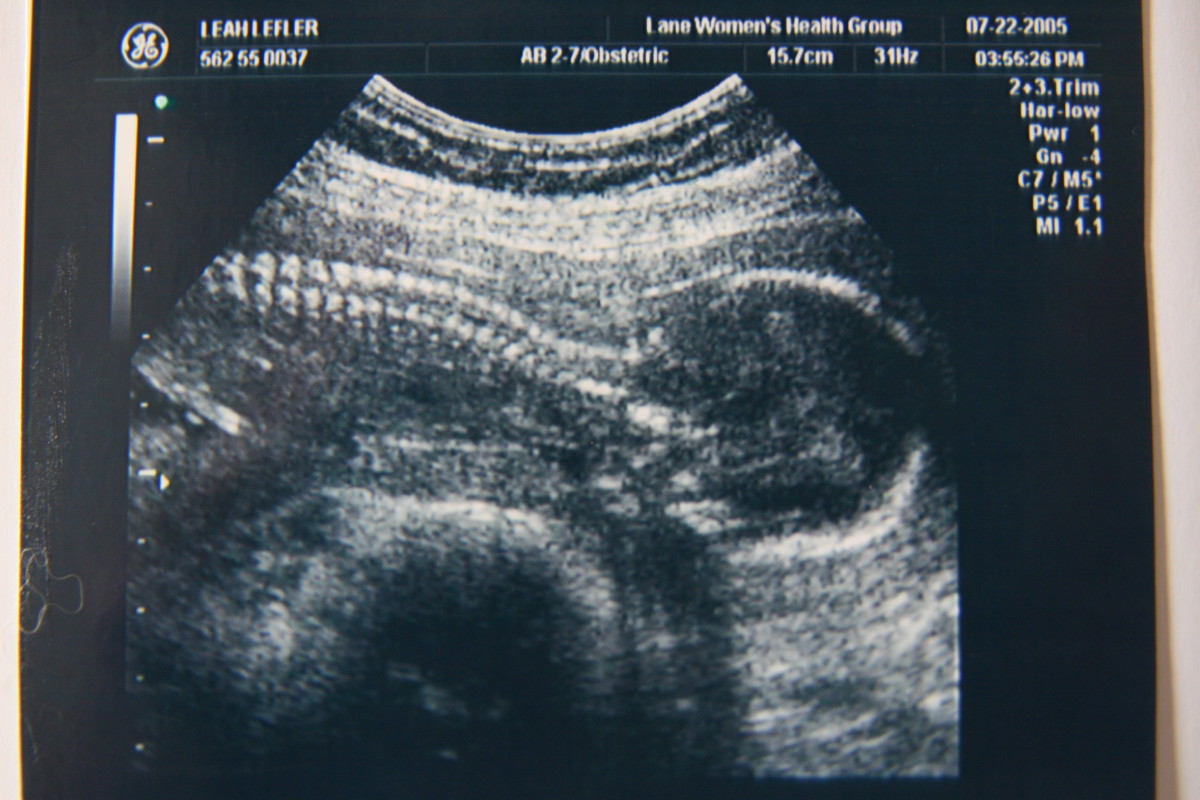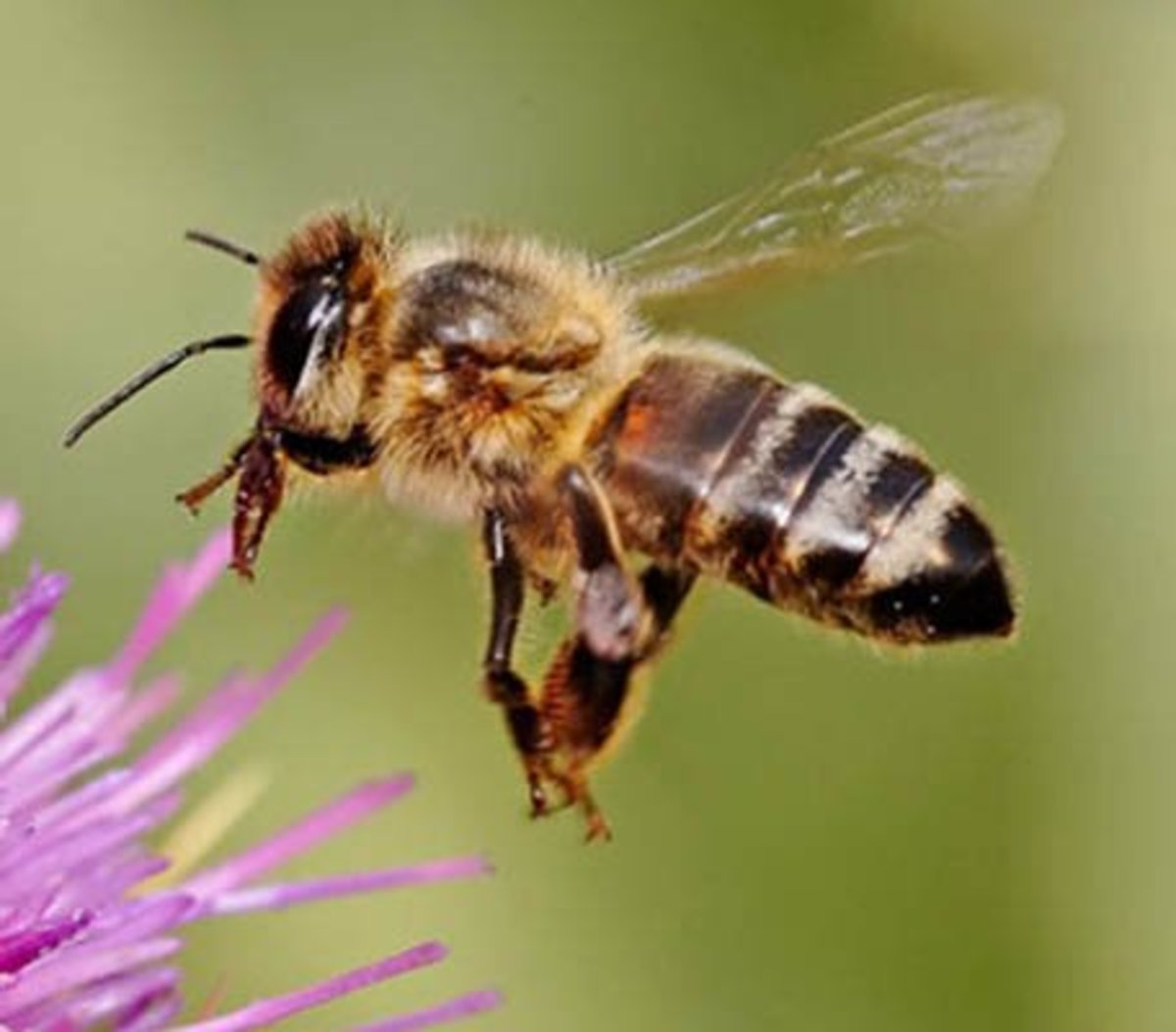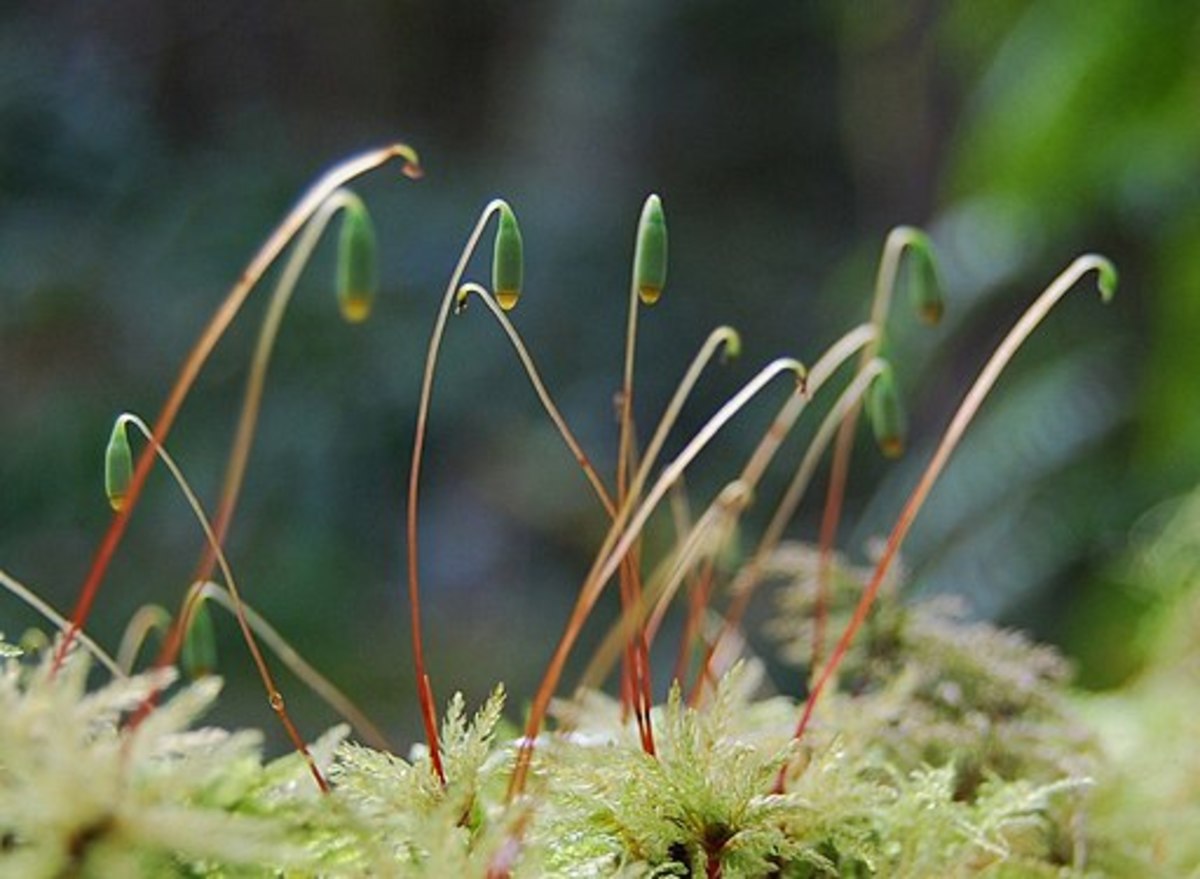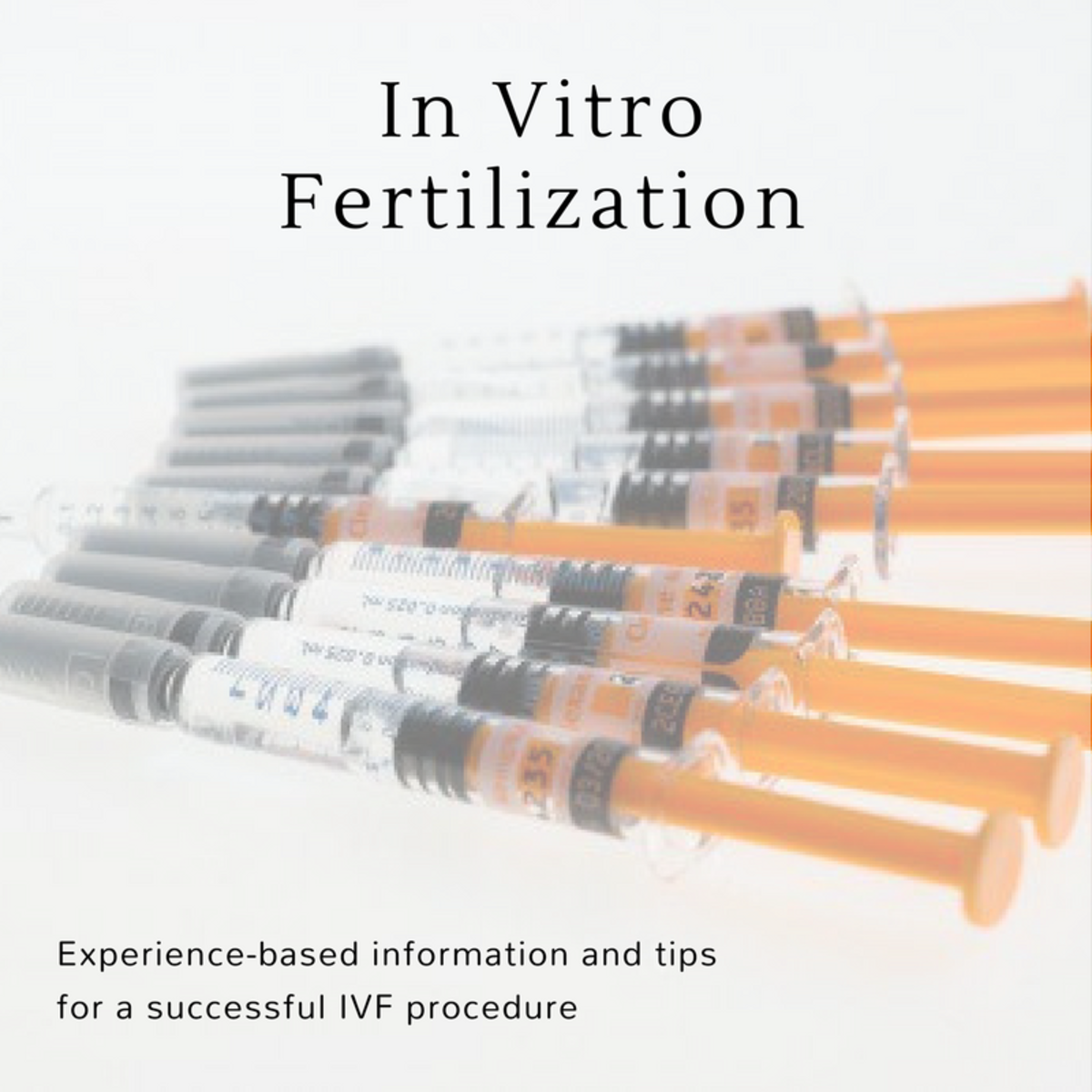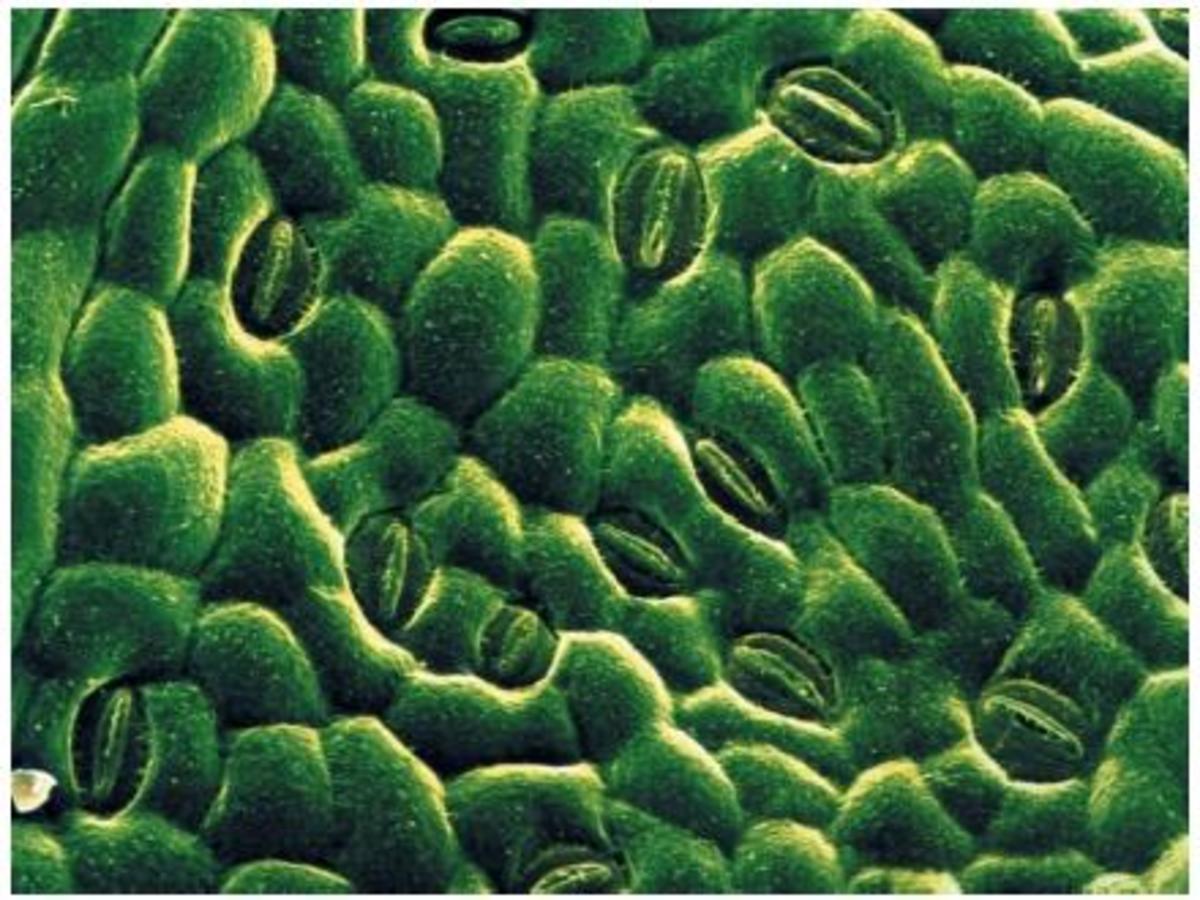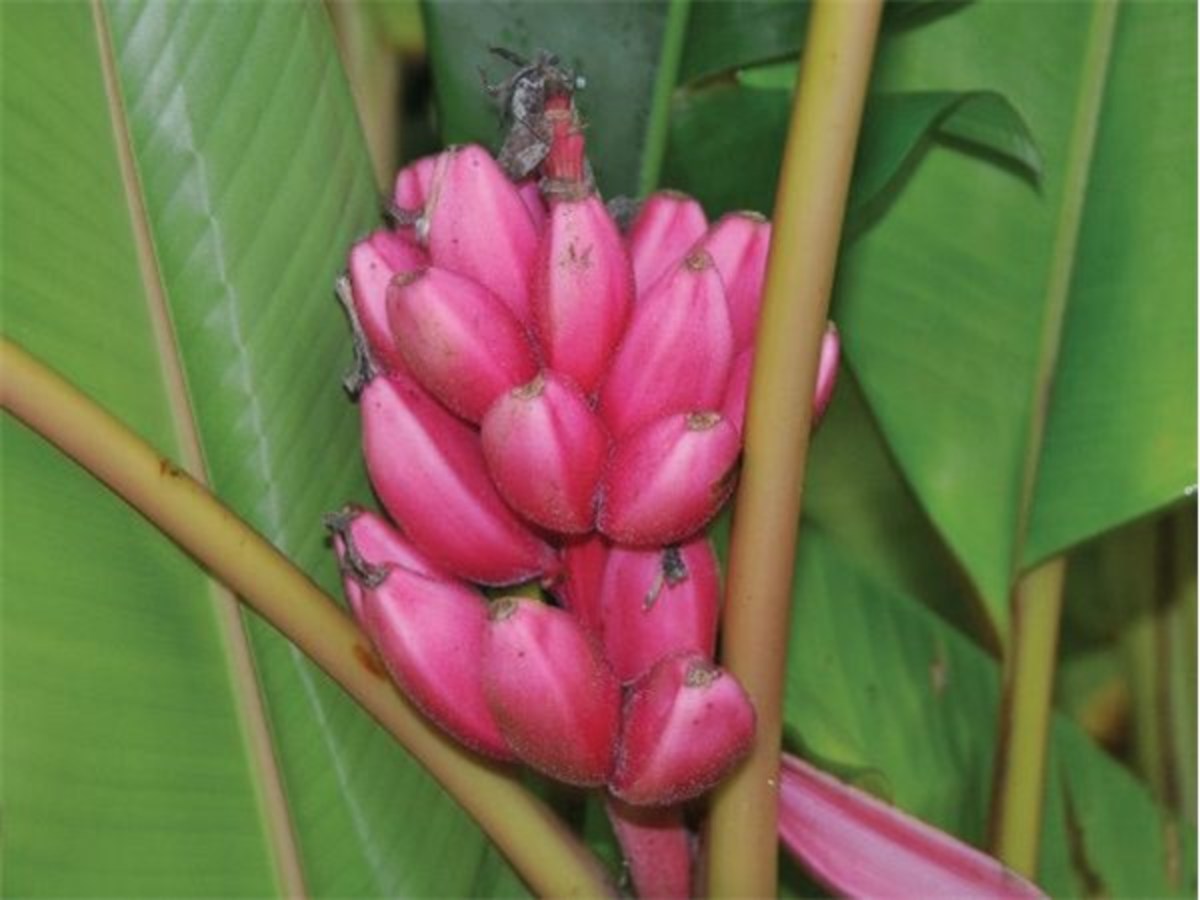Reproduction in Angiosperms
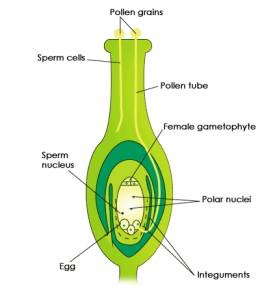
Development of male and female gametophytes, formation of gametes is pre requisite for sexual reproduction in angiosperms. In angiosperms the female gametophyte is produced from haploid megaspore present in the nucellus of the ovule and it is called ‘embryo sac’. As this embryo sac is developed from a single functional megaspore, it is called ‘monosporic’ type of embryo sac. There are three types of embryo sacs in angiosperms. They are monosporic, bisporic type and Tetrasporic types. Among all, monosporic type is most common.
Now let us discuss about the various stages that leads to the formation of gametophytes, gametes and the formation of embryo in angiosperms.
The plant body of angiosperms has two separated phases, the sporophyte and gametophytic stages which alternate with each other.
I. Sporophytic phase:
It is a diploid stage (2n). In angiosperms the plant body belongs to this stage. It is dominant stage and it is developed from diploid zygote. Reproductive organs (flowers) developed on this plant.
II. Gametophytic phase:
It is haploid (n) phase. It is developed from haploid microspores and mega spores which are the products of meiotic division of diploid microspore and megaspore mother cells respectively? Consequently the microspores and megaspores geminate and form the male and female gametophytes respectively. The male gametophyte gives rise to male gametes and female gametophyte forms the egg cell. A diploid zygote is formed by the fusion of these gametes. The zygote undergo repeated mitotic divisions and later becomes and embryo in the seed.
i. Microsporogenesis and Development of male gametophyte.
The process of formation of microspores (pollen grains) from diploid microspore mother cells by meiotic division is called microsporogenesis. This process occurs in anther.
Structure of Anther:
Each dithecous (two lobed) anther each anther lobe bears two pollen chambers which are placed longitudinally. Each pollen chamber represents a microsporangium. The two micro sporangia are separated by a strip of sterile tissue called connective.
Each microsporangium of an anther at maturity consists of sporogenous tissue covered by an anther wall.
A. Anther wall:
It consists of epidermis, endothecium, middle layers and tapetum.
a. Epidermis:
It is a one celled thick outermost layer useful for protection. The epidermal cells
present between two pollen sacs are thin walled and constitute ‘stomium’ which is useful for the dehiscence of pollen sac.
b. Endothecium:
It is present below the epidermis. Cells are expanded to form hygroscopic fibrous
thickenings of cellulose. It helps in the dehiscence of anther.
c. Middle layers:
Composed of one to five layers of this walled cells present between endothelium
and tapetum.
d. Tapetum:
It is the innermost layer of the anther wall which encircles the sporogneous tissue.
Cells are bi or multinucleate. It is the nutritive tissue which supplies nourishment to the sporogenous tissue.
Pollen grains are haploid (n), spherical, unicellular and uninucleate with two
layered spore wall the outer exine and the inner intine.
The exine is made with a substance called ‘sporopollnin’ while the intine is made up of pectocellulose.
Development of Male Gametophyte:
Pollen grain is considered to be the first cell of a male gametophyte. It produces two unequal cells the larger cell is called ‘vegetative cell’ and the smaller one is the ‘generative cell’. Usually at two this two celled stage the grains are liberated out from the anthers and germinate after reaching the stigma. During its germination, the intine of the pollen grain comes out through germ pore and develops into pollen tube. The vegetative nucleus and the generative cell of the pollen grain enter the pollen tube. The generative cell then divides mitotically and forms two sperm cells which act as male gametes. The vegetative nucleus gradually disappears.
Ovule, Megasporogenesis and Development of Embryo sac:
Ovule is the integumented mega sporangium. The development of megaspores within the nucellus of ovule is called megasporogenesis. Ovule has integuments, nucellus, micro Pyle, chalazas and funiculus. The diploid nutritive tissue in ovule is called ‘nucellus’.
Based on the number of integuments ovules are of 3 types---A) ategmic E.g.: Loran thus, Balanophora, B) Unitgmic E.g.: Gamopetale and C) Bitgmic Eg.: Monocots and Polypetalae.
Types of ovules:
1) Orthotropous E.g.: Polygonum, 2) Anatropous E.g.: Asteraceae, 3) Hemi-anatropous E.g.: Ranunculus and Primula, 4) Campylotropus E.g.: Fabaceae, Brassicaceae, 5) Amphitropus E.g.: Alismaceae, Butamaceae, 6) Circinotropous E.g.: Opuntia, Plumbago.
Megasporogenesis and Development of Embryo sac:
The haploid megaspores formed form diploid megaspore mother cell by meiosis is arranged linearly. The upper three megaspores arranged towards the micro Pyle degenerate and the lower fourth one remains functional and it is called ‘functional megaspore’ and it acts as the first cell for the development of female gametophyte or embryo sac. There are three types of embryo sacs in angiosperms. They are: 1) Monosporic type. Eg: Polygonum, 2) Bisporic type. It develops from two megaspores e.g.: Allium, 3) Tetrasporic type. It develops from all 4 haploid nuclei of megaspore mother cells. Eg: Fritillaria, Pepertomia.
Structure of Embryo sac:
The most common type of embryo sac in angiospermis is 8 nucleated and 7 celled. It is called ‘polygonum type’ since it was first studied in Polygonum divaricatum by Strasbergar.
It has three main parts.
1) Egg apparatus:
A group of 3 cells present toward the micro Pyle (egg cell and two synergids).
Synergids contain finger like projections called ‘filiform apparatus’ which may help in absorption and conduction of food materials from nucellus into the embryo sac.
2) Antipodals:
A group of 3 cells present towards chalazal end of the embryo sac.
3) Central cell:
It is the central large cell with two polar nuclei. They unite to form a diploid nucleus. It is called ‘secondary nucleus’.
Pollination:
The process of transfer of pollen grains from anther to stigma is called pollination. In angiosperms it is ‘indirect pollination’ and in gymnosperms it is termed as ‘direct pollination’.
Pollination is of types:
a) Self Pollination: It is the transfer of pollen from anther to the stigma of the
same flower. It is also ‘autogamy’.
b) Cross pollination: It is the process of transfer of pollen grain from one flower to the stigma of another flower. It is also called ‘allogamy’.
Allogamy is of two types:
1. Geitonogamy: It is the process of cross pollination between two flowers of the same plant.
2. Xenogamy: Cross pollination between two flowers of different plants of same species.
Cross pollination is advantageous than self pollination. Hence in Angiosperms though many flowers are bi sexual, they undergo cross pollination by controlling self pollination.
Contrivances of Cross pollination:
1. Dicliny:
Flowers contain either of the essential organs i.e. androecium or gynoecium. These flowers are called ‘unisexual flowers’. E.g. Vallisneria.
2. Dichogamy: Androecium and gynoecium of a bisexual flower mature at different time. It is of two types.
a) Protandry: It is the process of maturation of androecium earlier than gynoecium. E.g. Helianthus, Clerodendron and Gossypium
b) Protogyny: It is the process of maturation of gynoeciu earlier than androecium.
E.g.: Solanum, Scrophularia etc.
3. Herkogamy:
Male and female sex organs in a bisexual flower arranged at different levels. In some flowers stigmas project beyond the stamens. E.g.: Hibiscus.
In some flowers the stigmas bend in opposite direction to the stamens. E.g.: Gloriosa.
4.Heterostyly: The presence of styles in different lengths in the flowers of the same species. It is of
two types:
a. Dihetrostyly: e.g.: Primula and Oldenlandia.
b. Triheterostyly: e.g.: Lythrum and some species of Oxalis.
5.Self Sterility:
Pollen fail to germinate on the stigma of the same flower e.g.: Abutilon and
Passiflora.
6.Pollen Prepotency:
Foreign pollen germinate earlier than its own pollen on the stigma. E.g.: Dolichos.
7.Sensitive Stigma:
The stigmatic lobes are very sensitive to touch e.g.; Martunia and Mimulus.
Contrivances which favour Self Pollination:
1. Homogamy:
When male and female sex organs mature at the same time. E.g.: Caltha and some
species of Ranunculus.
2. Movement of floral parts:
In some plants by movement of petals, pollen falls on petals to reach the stigma. E.g.: Argemone.
3. Safety mechanism;
Some cross pollinated flowers undergo self pollination
When cross pollination does not occus. This is called safety mechanism.
In protandrous isc florets of members of Asteraceae when cross pollination fails,
stigmatic lobes bend to the corolla or stamens receive pollen grains for self pollination.
4. Cleistogamy:
The flowers which do not open are called cleistogamous flowers. It is the type of
pollination that occur in un opened flowers. E.g.: Commelina bengalensis, Streptocarpus princeps etc.
In commelina bengalensis flowers are underground and chasmogamogamous flowers are aerial. In sterptocarpous princeps both cleistogamous and chasmogamous flowers are aerial.
Agents for Cross Pollination:
Pollen takes the help of some external agents to reach the stigma to get pollinated. Agents for cross pollination are divided into two types.
Abiotic Agents:
A) Anemophily: Pollination that occurs through wind. E.g.: oryza sativa.
B) Hydrophily: The pollination that takes place through water. It occur inhydrophytes. It is of two types.
1. Epihydrophily: The pollination that occur on the surface of water. E.g.: Vallisneria.
2. Hypohydrophily: The pollination hat occurs beneath the surface of water. E.g.: Zostera.
Biotic agents: Include animals-
C) Zoophil: Cross pollination that takes place with the help of animals.
Depending on the type of animals which acts as an agent, it is of four types.
1.Ornithophily: The cross pollination is favored by birds. E.g.: Bignonia.
2. Chiropterophily: The cross pollination favored by bats. E.g.: Kigetia pinnata
3. Entomophily: The cross pollination takes place by insects and it is the most common type of zoophily. e.g: Cestrum nocturmum
4.Malacophily: The cross pollution takes place by slugs and snails. E.g. Aroids.
Fertilization:
The fusion of male and female gametes is called fertilization. In angiosperms this process is described under the following five steps.
A.Entry of pollen tube into the ovule:
The pollen tube enters into the ovule by any one of the following three types.
1. Porogamy: Pollen tube enters into the ovule through the micropyle.
e.g.: Ottelia, Hibiscus.
2. Chalazogamy: The entry of the pollen tube through chalazas. This was first time discovered by Treub in Casuarina.
3. Mesogamy: Entry of pollen tube into the ovule through the integuments or funiculus.
B.Entry of the pollen tube into the embryo sac:
The pollen tube enters into the embryo sac only through the micropylar region.
Filiform apparatus present in the synergids acts as the director for the entry of the pollen tube.
C.Discharge of male gemetes.
D.Gametic fusion
The fusion of male gamete and egg cell in the embryo sac forming diploid zygote is
called true fertilization or syngamy. It was first discovered by Strasberger.
E.Triple fusion and Double fertilization:
The fusion of second male gamete with diploid secondary nucleus forming primary
endosperm nucleus (triploid) is triple fusion. It was first discovered by Nawaschin in Lilium and Fritillaria. This process is to be a universal occurrence in angiosperms. With the occurrence of two fertilizations this phenomenon is described as double fertilization. It includes syngamy as well as triple fusion. It results in the formation fertile endospermic seeds.
Post-fertilization changes:
After fertilization ovary stores food materials and develops into a fruit and the ovules develop into seeds. Primary endosperm nucleus develops into endosperm. The outer and inner integuments of the ovule develops into outer and inner seed coats called testa and tegman respectively.
Endosperm:
Endosperm is the nutritive tissue useful for developing embryos.
Normally in angiosperms endosperm is post fertilized product and it is triploid state (3n). But in gymnosperms endosperm is developed directly from female gametophyte. It is per-fertilized product. Hence it is in haploid condition (n).
Endosperm formations suppressed in the members of the families, the orchidaceae and podostemonaceae.
If the embryo completely utilize the endosperm by the time the ovule is converted into seed, such seeds are called non-endospermic seeds or ex-albuminous seeds.
e.g.: Dolichos, Cicer etc.
if endosperm is left out in mature seed, such seeds are called endospermic or albuminous seeds.
e.g.: Cocos, Ricinus.
Perisperm:
In some seeds some amount of nucellus is left out when they reaches maturity. It is called perisperm. It is in fact, a remnant of the nucellus and it is nutritive in function like the endosperm.
e.g.: the seeds of Piperaceae (piper nigrum) and Nympheaceae.
Edible part of coffee seed is the perisperm.
Seed:
Is made up of a seed coat and embryo. The embryo is made up of a radical (embryonic root), a plumule (shoot tip, first apical bud of shoot) an embryoal axis (tigellum) and cotyledons (leaves of the embryo)
Monocotyledons possess only one cotyledon in their seeds e.g.: Maize, Sorghum, Rice.
Dicotyledons have two cotyledons in their seeds. The cotyledons are fleshy due to storage of food materials.
e.g.: Bean, Pea etc.
monocotyledonous seeds are generally endospermic. In cereals such as maize, the seed coat is membranous ad generally fused with the fruit wall. The endosperm is bulky and stores food. The outer covering of endosperm separates the embryo b a proteinaceous layer called aleurone layer. Embryo has one large, single, shield shaped cotyledon called as scutellum.
Seed germination: Occurs in three ways.
1. Epigeal Germination: the kind of germination in which the cotyledons emerges above the soil. E.g.: Dolichos, Cucurbita.
2. Hypogeal Germination: in his type the cotyledons remain in the seed below the ground. E.g.: Maize, Pea.
3. Viviparous Germination: the seed germination occurs inside the fruit; while it is still attached to the parent plant is called viviparous seed germination.
e.g.: Rhizophora.

